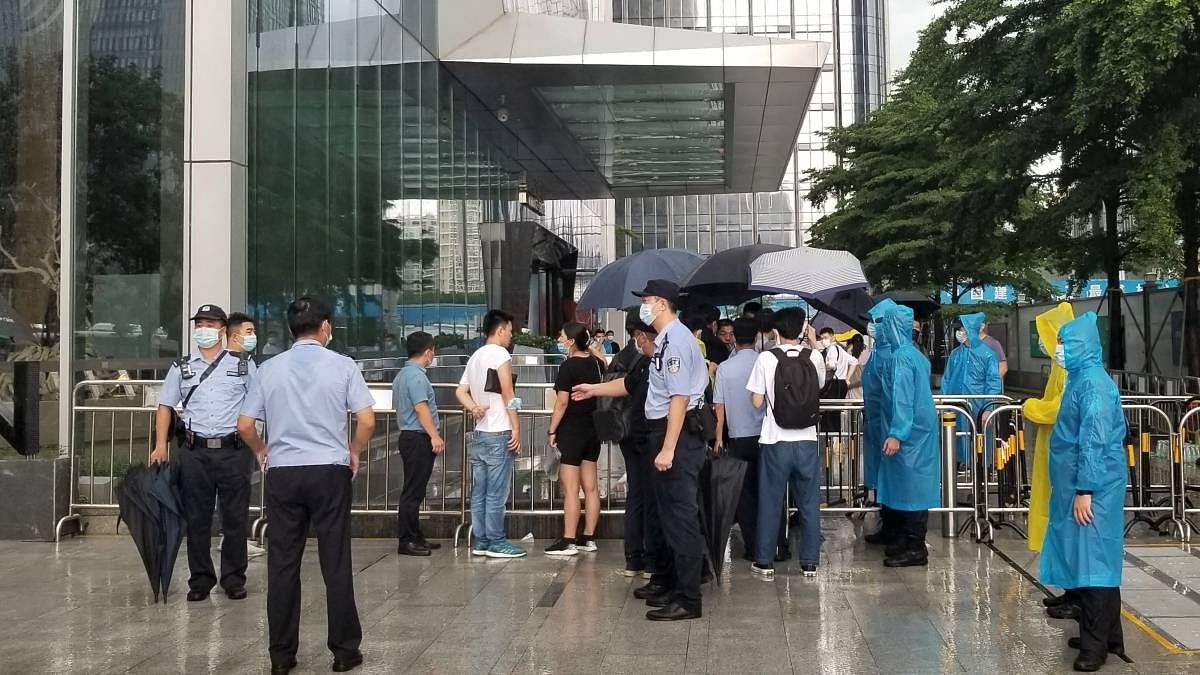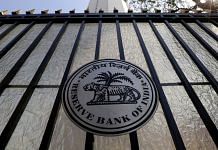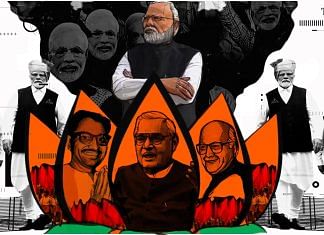Thank you dear subscribers, we are overwhelmed with your response.
Your Turn is a unique section from ThePrint featuring points of view from its subscribers. If you are a subscriber, have a point of view, please send it to us. If not, do subscribe here: https://theprint.in/subscribe/
While the above issue does raise concern, however, before one addresses the above, a more fundamental question needs to be answered “Why do developers end up borrowing more than they can chew ?”
And the answer lies in the structural uniqueness of the real estate business.
Capital requirement remains unpredictable
A developer typically plans his funding through three sources :
- Own equity
- Borrowings from banks etc.
- Customer Advances
Owner’s equity has physical limitations, bank borrowings too are limited by regulatory norms. Since customer advances remain unpredictable, financial closure quite often remains a puzzle. Further when the project gets completed, the developer’s capital requirement comes down significantly, therefore, the developer would prefer capital that can be repaid after the project.
To address all the above concerns, developers end up raising “quasi-equity” which is in the form of structured debt, mezzanine equity, high yielding bonds etc. This capital addresses all the above issues but comes with a caveat. The investor in quasi equity expects a share in the upside but in case of a loss he wants an assured rate of return.
Such products work well when the going is good.
But when demand for under-construction units is low, the first tool the developers use is to start promising customers an assured return (another form of quasi equity). Having made such a promise, a developer is left with no option but to continue increasing the price every quarter. However, at higher prices the real customers ( the end-users) show resistance. The developer then raises another form of quasi equity like structured debt. Developer hopes that the business will sometimes pick up. If it does, everyone gets paid through sales to end users. But bear cycles in real estate can be highly uncertain, awfully punishing and extremely long. Therefore, the project can reach a situation when all those who have a stake in the project are only financial investors.
Now, why is finding so many end users difficult even at reduced prices ? One of the biggest triggers in home purchase is ‘urgency’ or FOMO (Fear of Missing Out). With so many sellers, there is no FOMO and we then have an Evergrande like situation where there is only valuation and no buyer.
Limitations to growth
Like any entrepreneur, every developer has the basic hunger for growth. Due to regulatory and other local factors, developers can successfully operate only in limited geographies. The options for growth, therefore, remain. In India, inappropriate titles make the problem worse. So, when a one acre plot in a prime area like Juhu / Malabar Hill is on sale, besides business rivals, a developer also faces competition from rich industrialists, stock market czars, film stars etc. These people want the plot for their personal use and therefore are more likely to pay a fancy price.
The developer, either has to forego his hunger for growth or to high risk to grow. Tech entrepreneurs, having hunger for growth, have the option of using VC money. VC money is non-recourse money (no assurances on return of money) and VCs are also comfortable with the founders stake being as slow as 5-10%. However, in case of real estate projects, investors will expect the promoter’s stake to be at least 50% and would want promoter guarantees. So again the option for developers boils down to quasi capital.
What is the solution
The above problems being structural in nature can be addressed only through fundamental changes in regulation and through re-calibration of risks in real estate. Since the quantum of housing this country’s needs can be only met through a large number of developers having sustainable and stable operations across India, it is imperative that we work towards the solution. There are three possible approaches :
- Reducing the need for quasi capital
Larger under-construction sales can play a big role in reduced reliance on quasi equity. Now, the current GST structure (5% GST on under-construction and 0% on ready purchases) penalises customers who book under construction. The same should be rationalised by making it 2.5% for under-construction as well as for ready apartments. And if all govt revenues can be collected only on Occupation Certificate from the Escrow account, it can significantly reduce banks’ exposure to the real estate sector.
- Reducing the cost of quasi capital
Quasi Capital is expensive largely due to approvals and related risks. If private professionals are authorised to approve plans with appropriate checks and balances, the approval related risk and the cost of quasi equity can come down considerably.
- Offering more growth options to developer
Setting up of Mediation & Reconciliation Centres to enable settlement of 3 crore pending land disputes can bring a large amount of good quality land in the housing market. Developers will find enough opportunities for growth. Land transactions will cease to happen at fancy prices, making homes more affordable.
While the scale of Evergrande kind of incidence is unlikely in India but its miniature version too can be disturbing. Home purchase is after all the biggest expenditure in one’s life.
These pieces are being published as they have been received – they have not been edited/fact-checked by ThePrint.
Also read: Evergrande crisis could spell the end of China’s ‘miracle’ growth












COMMENTS